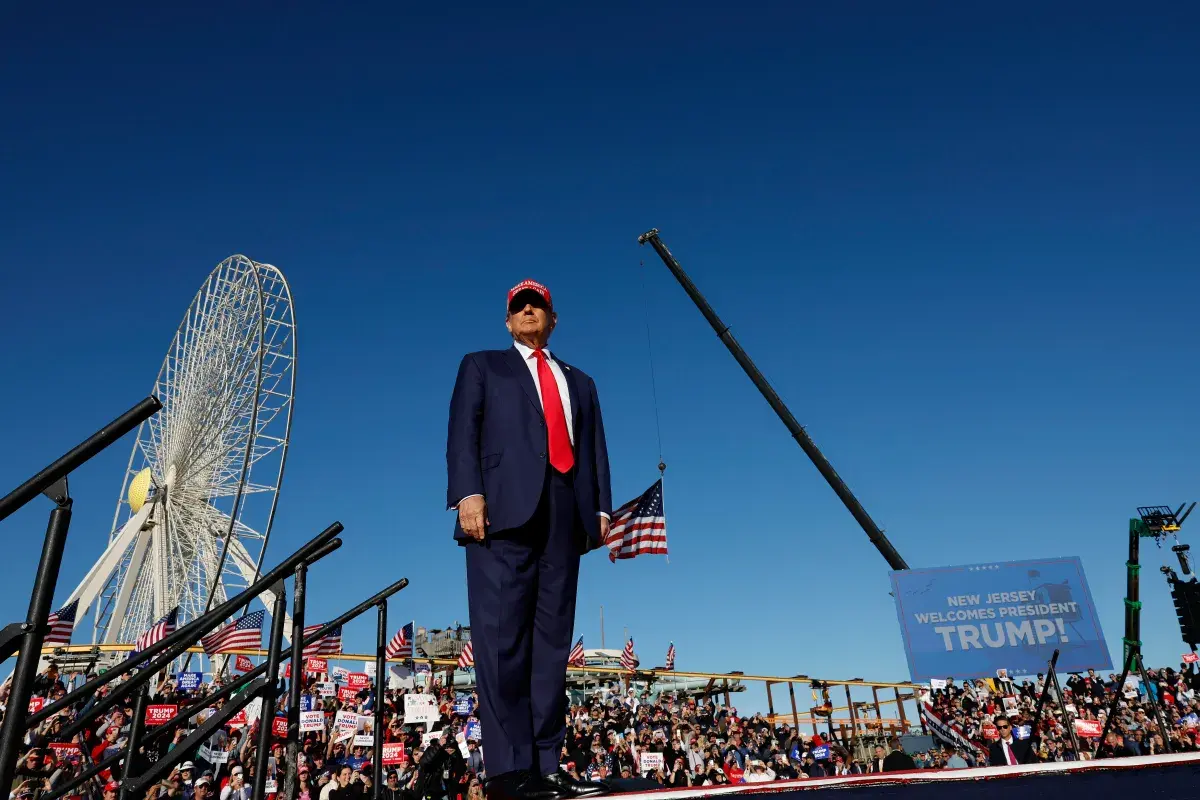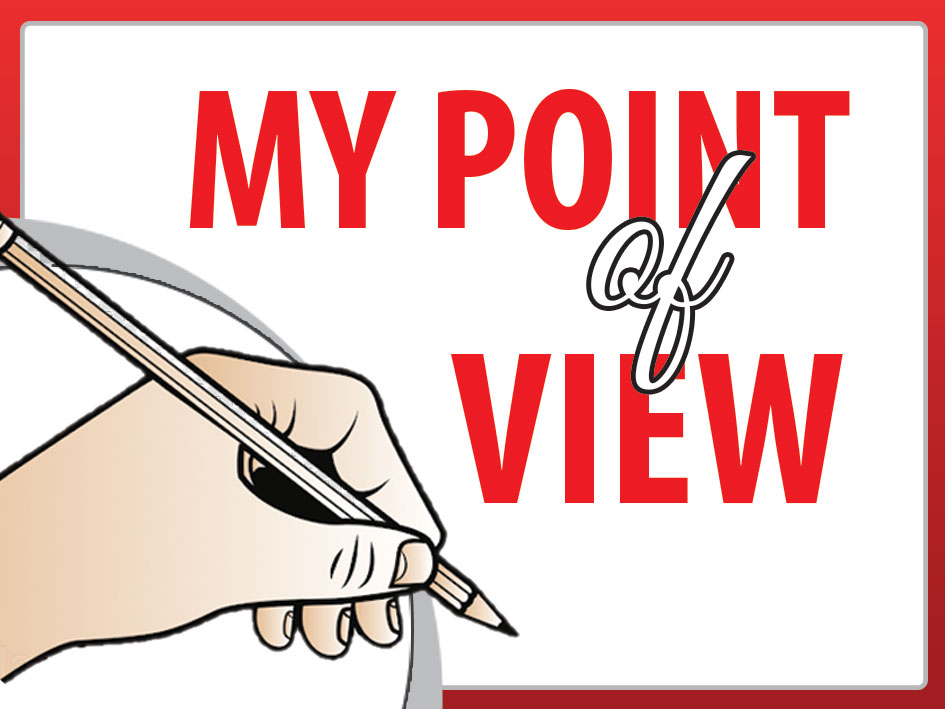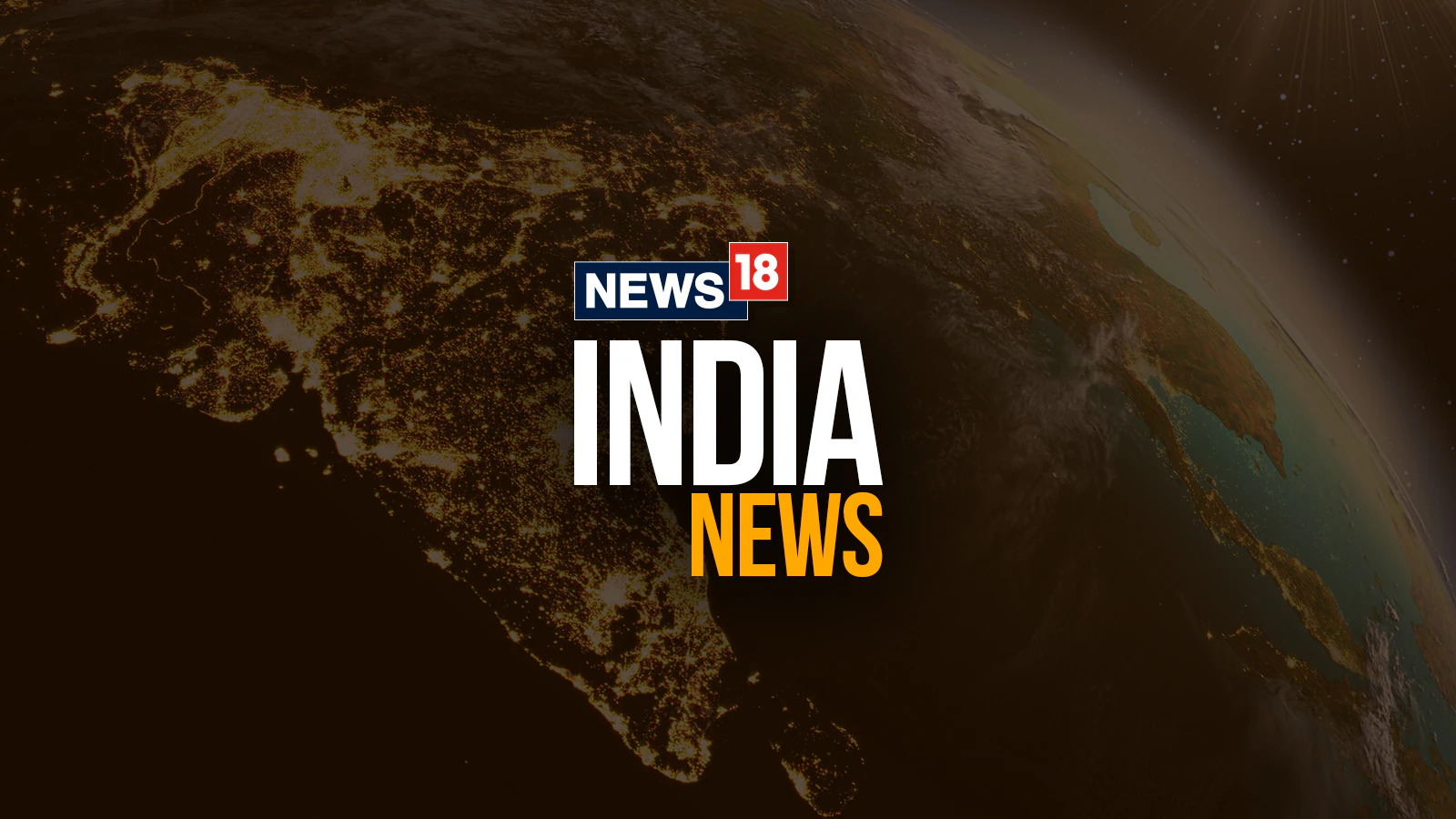
The candidate whose party holds the White House almost always loses the New Jersey governor’s race, which takes place like clockwork a year after the presidential election. But the improbable has become possible for Republican gubernatorial candidate Jack Ciattarelli, who just finds himself tied at 43 percent with Democratic candidate Mikie Sherill, per September 25 polling from Emerson College.
New Jersey skews heavily Democrat, though less than it once did. Thirty-six percent of Garden State voters are registered Democrats, while under 25 percent are registered Republicans. The state is currently governed by a two-term Democratic governor, and Democrats have controlled both chambers of the state legislature since 2004. And that could be the problem for Sherill.
A separate June poll by Rutgers University found 48 percent of New Jerseyans thought the state was on the wrong track, compared to 39 percent who see it headed in the right direction, with 58 percent citing taxes, cost of living and affordability as their top concerns. Simultaneously, incumbent Democratic Governor Phil Murphy holds just a 35 percent approval rating, the Emerson poll found.
At the same time, President Donald Trump is not particularly popular in Jersey. Trump holds a 54 percent disproval rating, and his tariffs are even less popular. In a previous run for governor, Ciattarelli distanced himself from the president and almost won — but this year he went great lengths to tie himself to MAGA and secure the president’s endorsement to emerge from the GOP primary.
Economics and affordability stand as a chief concern for residents of a state with some of the highest taxes in the country. If voters pin those issues on state politics, Ciattarelli could very well ride the wave of change candidate to the governor’s mansion. But if voters decide to place their economic discontent on Trump — who lost New Jersey by four points last November — Sherill and Democrats could add to their seven-year streak of electoral dominance.
“It’s in some ways easier to be the change candidate than it is to be the quote unquote ‘status-quo candidate,’ or at least the candidate of the party that’s been in power because as people get frustrated with a variety of things they’re going to point to the party that was in power,” Kristoffer Shields, a historian and director of the Eagleton Center on the American Governor (CAG) at Rutgers University told me.
Shields believes this race will come down to the wire with a campaign that amounts to a proxy fight among two unpopular leaders: Ciattarelli will continue to tie Sherill to Murphy, while Sherill will continue to tie Ciattarelli to Trump. Additionally, given their backgrounds, Shields said Ciattarelli will need to demonstrate he’s not just a state figure and someone who can represent New Jersey at the national level while Sherill will need to show she understands state issues and the kitchen table issues animating voters in an off-year election cycle.
Sherrill, who served in the Navy before becoming an assistant U.S. attorney, represents the state’s 11th Congressional District in the House, meaning much of her adult life has centered around federal issues. Ciattarelli has never served in Washington but was a member of the state’s general assembly from 2011 to 2018 before making three separate bids for governor, including one in 2021 that he almost won.
Ciattarelli has attempted to cast Sherrill as out of touch with the state, running a campaign ad highlighting how Sherill was slow to answer what “one piece of legislation” she’d like to pass in office. Meanwhile, Sherrill ran an ad drawing attention to Trump’s endorsement of Ciattarelli where the president referred to him as “100% (PLUS!)” MAGA.
New Jersey, along with Virginia as the other state holding a gubernatorial election this year, has long stood as a bellwether for what’s to come in the midterms. Shields said the dynamics at play in this race cement that status. He emphasized that the race will prove significant in signaling what turnout may look like in 2026 and whether voters are more concerned with what’s happening in Washington or issues closer to home.
“Democrats are certainly upset with the Trump administration — there’s no doubt about that — but Democrats some parts of the Democratic Party are upset with other Democrats, so it’s going to be interesting to see how that kind of plays out in New Jersey,” he said. “I also think one of the interesting things to watch as we go through is the extent to which the candidates are focused on national issues versus state issues, and which seems to resonate more with voters.”



